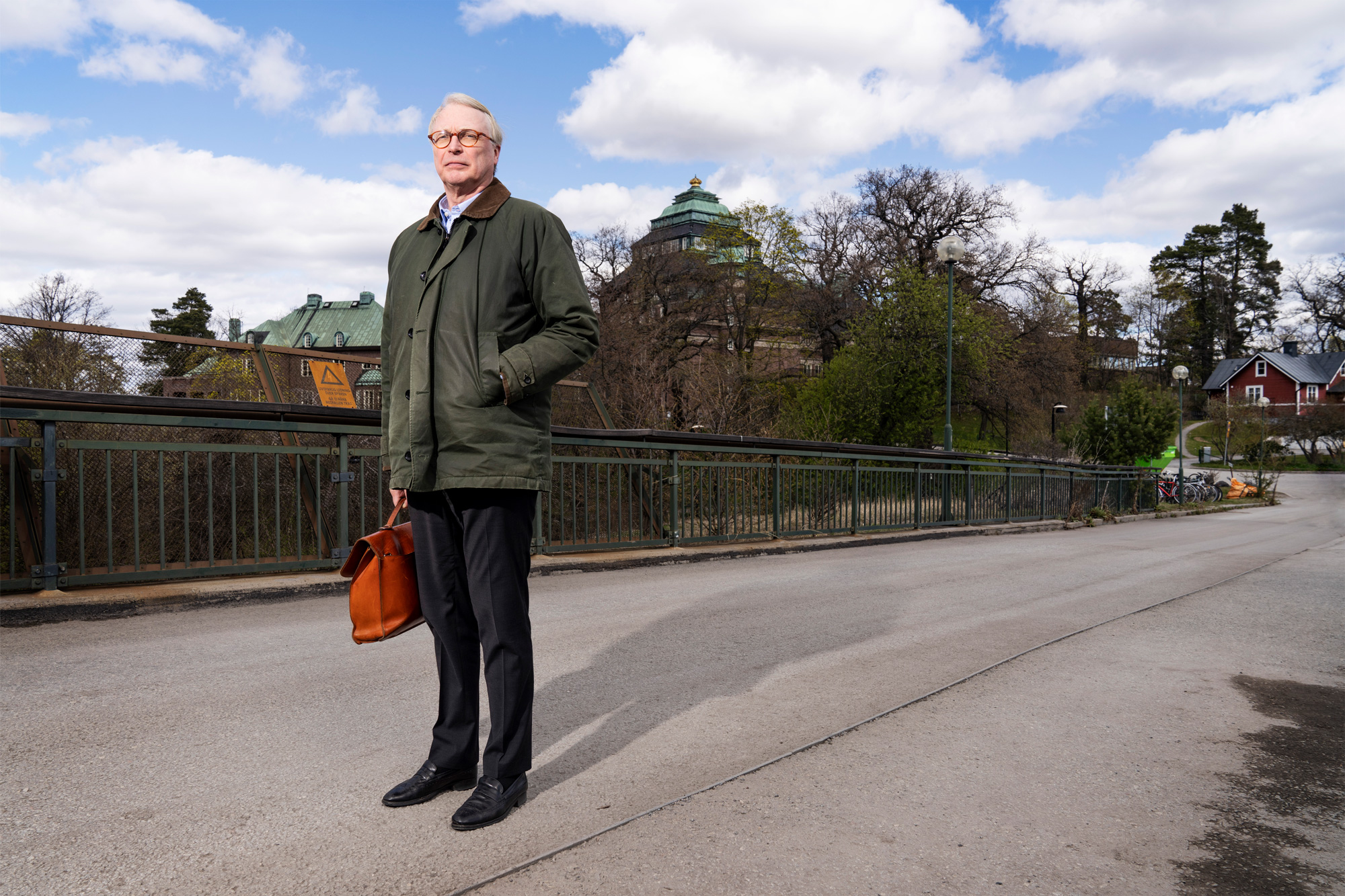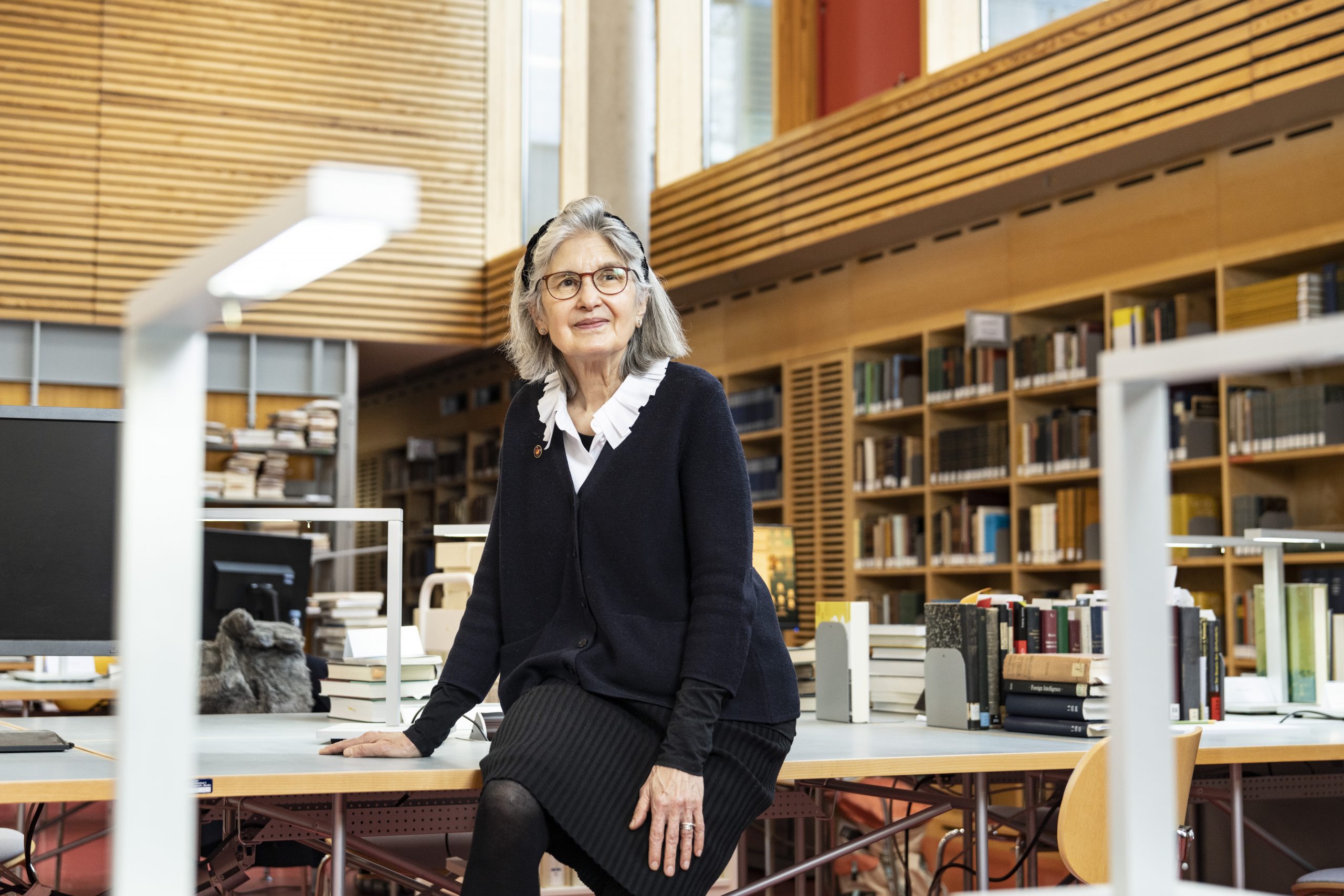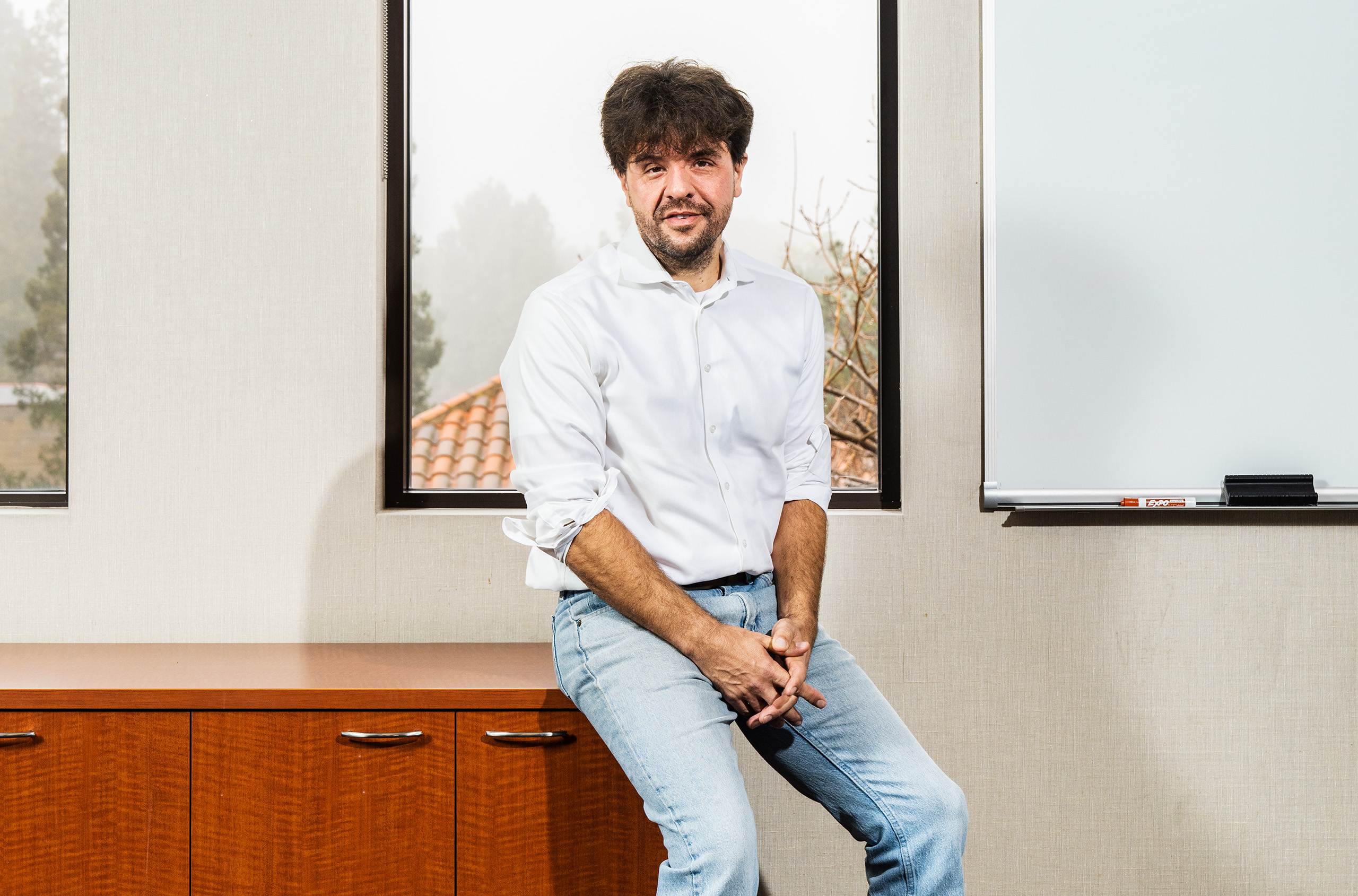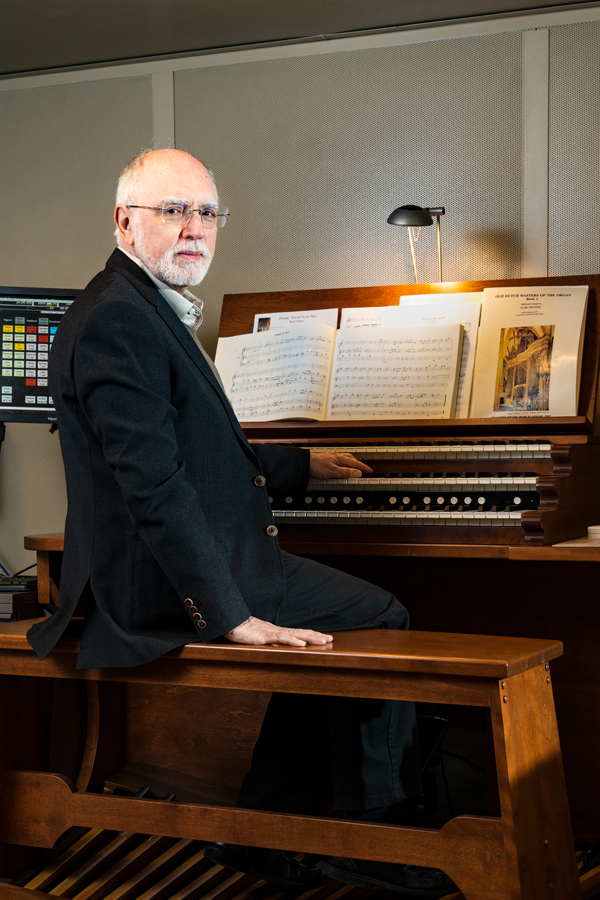We simplified the biosphere more and more
As humans, we are putting great pressure on all of Earth’s ecosystems. Environmental scientist Carl Folke was one of the first to realise that we can only solve this problem by examining society and nature as one. For his research on resilience of people and planet, bringing together science and policy, he received the Dr A.H. Heineken Prize for Environmental Sciences.
Lees dit interview in het Nederlands (NewScientist)
If you want to safely invest your savings, do not put all your money in one company, but spread it out over several companies. That way, you will not lose all your money in one fell swoop if disaster strikes that one company. Most people gladly take this advice to heart. After all, you want to manage your hard-earned money safely. But when it comes to another important prerequisite of our existence – the Earth – we as humanity do just the opposite. ‘We simplified the biosphere, the thin layer around the Earth’s surface in which all life resides, more and more,’ says Carl Folke. ‘Because of our actions, there are far fewer different types of organisms, the resilience of the entire terrestrial and ocean ecosystem has eroded.’ Folke is director of the Beijer Institute of Ecological Economics and founder and chair of the board of the Stockholm Resilience Centre. He was at the forefront of the theory that describes the resilience of social and ecological systems. ‘Many people look at resilience in the sense of recovery: being able to spring back to a certain equilibrium,’ Folke says. ‘But we look at it completely differently. We see resilience as the capacity to live with changing circumstances, and to deal with surprises.’
An important prerequisite for this is diversity. ‘In an ecosystem, all kinds of functions must be fulfilled,’ Folke explains. ‘Ideally, there should be several species performing a particular function. If one species is then eliminated, it is not a problem. In coral reefs, for example, you have species that make sure there are enough nutrients, but you also have so-called grazers. These are very important: they remove the dead coral, creating space for new coral to grow. In Caribbean coral reefs, there were originally many kinds of grazers: sea turtles, all kinds of fish, sea urchins. But due to overfishing, of these only sea urchins remained. In 1983, the sea urchins were wiped out by a pathogen. The absence of grazers prevented new coral from growing, but allowed algae to grow, and within five years the reef had been completely taken over.’
The same fate seems to befall many other ecosystems: we gradually reduce the diversity and, therefore, the resilience, after which a small shock, such as a virus or a storm, gives the system the final push towards a less desirable balance or even collapse. ‘Even if you look at the Earth as a whole, we have made the biosphere a lot less resilient in the last 60 years,’ Folke says. ‘We have greatly simplified landscapes and oceans, through intensive agriculture and overfishing, for example. In doing so, we have reduced the resilience to shocks. At the same time, climate change is increasing the shocks from extreme weather events, for example. That is not a good combination.’
Early in his career, Folke realised that you cannot solve this problem by considering humans as external factors affecting ecosystems, as was common at the time. People are not an external factor; they are embedded in the systems. Therefore, Folke linked the concept of resilience to these so-called social-ecological systems. ‘It does not make research any easier when you study social-ecological systems as a whole,’ Folke laughs. Nevertheless, he has made significant strides. Not only does he ask how the resilience of these systems changes, but he also explores how we can increase that resilience. ‘For example, we are looking at municipalities that have made a successful transformation to sustainable nature management. We can use that knowledge to help other municipalities, counties, and whole nations.’
On a larger scale, Folke recently mapped out which parties play a major role in ocean ecosystems. ‘We found that there were thirteen transnational fishing companies that together shape the food networks in the ocean. We are currently working with the CEOs of ten of them and trying to get them to stop seeing themselves purely as food producers and start seeing themselves and acting as stewards of the ocean. We are learning together how to maintain the resilience of the ocean, based on scientific understanding. We have been doing this for about six years now and it is going very well. I see this as a new kind of science, in which we use the best available scientific information to engage in dialogue with influential parties and spur them into action.’
Nature as a service provider
Folke realised during his studies that you cannot see economics and ecology in isolation from each other. ‘I initially studied business economics because we had a family business,’ Folke says. ‘But gradually I became interested in the way ecosystems support people’s lives. Gross domestic product, which measures economic progress, consists of goods and services. Back then, nature was included purely in the form of goods: raw materials. In 1983, in my master’s thesis, I was one of the first to make a quantitative analysis of the services that ecosystems provide us. I calculated what these services, such as pollination, water supply, and climate regulation contributed to our economy.’
One way we often use these days to show what the planet is doing for us is the ecological footprint: the amount of land or water surface area a population needs to sustain its consumption and waste production. Folke played a major role in developing this concept. ‘Biologist William Rees coined the term, and we developed a way to use it to illustrate the importance of ecosystems as service providers. In the mid-1980s, we began a calculation for fish farming. People thought at the time: we should not continue to empty the ocean, so we should farm fish instead. But we showed that you have to feed the farmed fish with fish caught in the ocean, fish which eat smaller fish and smaller fish eat animal plankton, and so on.’ At the base of that food pyramid are algae, which are fed by sunlight. But to ‘produce’ enough fish for the farmed fish required a sea surface area of algae production as large as 40 to 50 thousand times the surface area of the fish cages. They also made such calculations for the services of land-based ecosystems, which revealed that all of the world’s mega-cities require gigantic amounts of forest and marine systems to sustain them, for such things as food production and materials. ‘We wanted to show: whether you like nature or not, you depend on nature no matter what.’
Overloaded
Later, with his colleagues, Folke was part of introducing the concept of planetary boundaries. They defined nine different dynamic limits that humanity must stay within in order to continue to live well on the Earth’s services, for example, in the areas of warming, biodiversity, water scarcity, and ocean acidification. ‘With this, we wanted to make it clear that we depend on a healthy planet,’ says Folke. ‘A good metaphor is that of the Plimsoll mark on a ship. That is the point up to which you can load the ship, because otherwise it will sink. We are now close to the Plimsoll mark on Earth.’
Despite the pessimistic scenarios he faces daily, Folke remains positive. ‘It is a great challenge for us as humans to reconnect ourselves with the planet we live on. Sometimes you can get despondent about this because we see that positive actions are too slow. On the other hand, I would argue that we are in a kind of cultural revolution, in the way we look at ourselves as a species, in relation to the planet. You can see this in the new European Union legislation and in the actions of many companies. In the past few years, financial markets have also been trying to phase out fossil energy and move toward sustainable solutions. They are even starting to look at things like biodiversity. If you had told someone that ten years ago, they would not have believed you. But it is happening right now, and that is encouraging. So, I think we are on the right track, the only problem is that it needs to be a little faster. Whether it will be on time, the jury is still out on that. But in any case, we gave our species the name Homo sapiens, the wise human, so who knows?’
CV
Carl Folke (Stockholm, 1955) studied business economics and received his PhD in ecological economics from Stockholm University in 1990. In 1991, he became deputy director of the Beijer Institute of Ecological Economics, part of the Royal Swedish Academy of Sciences, also in Stockholm. Since 1997 he has been professor of Natural Resource Management at Stockholm University. In 2007, he founded the Stockholm Resilience Centre, together with Johan Rockström, where he has been scientific director ever since. He also became director of the Beijer Institute in 2007. In addition to the Dr A.H. Heineken Prize for Environmental Sciences, awards he has received include the Sustainability Science Award from the Ecological Society of America, the Planet and Humanity Medal of the International Geographical Union, and the Oceanographic Institute of Monaco’s Grand Medal Albert I in Science.
Research
Carl Folke studies how we can use the resources and services the Earth provides in a more sustainable way. He argues that social systems and ecosystems should not be studied in isolation, but rather considered as an integrated whole. He was instrumental in developing resilience theory for these social-ecological systems. As humans, we lower this resilience, making systems more vulnerable to disruption. Folke bridges the gap between science and policy and works with municipalities and companies to find sustainable solutions. He is at the forefront of influential concepts such as the ecological footprint, resilience, and Earth stewardship.
Video
Carl Folke — Environmental scientist



